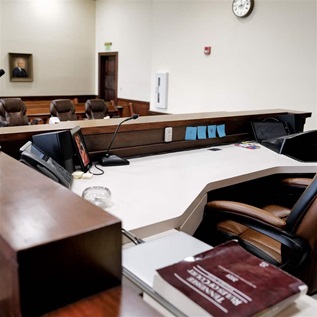Defaulting on the Dream: Arizona
ONE IN 18 HOMEOWNERS IN ARIZONA is estimated to be in foreclosure by the end of 2010, as a result of a subprime-related loan. Years of easily accessible credit and relatively low home prices that facilitated homeownership in the state have ended, leaving in their wake stricter lending terms and stagnating home appreciation. Arizona is one of about a dozen states with a higher estimated foreclosure rate than the U.S.average of one in 33 homeowners. It must cope with a subprime foreclosure crisis that threatens to have ripple effects on nearly two thirds of neighboring Arizona homeowners' property values.
ASSESSMENT: Arizona was one of the first states to establish a consumer hotline, and more recently passed a mortgage fraud law, formed a foreclosure task force and negotiated loan modification terms with lenders on behalf of homeowners. However, the state lacks a predatory mortgage lending law to prevent future problems. In December 2007, the governor met with the state's major lenders to discuss voluntary loan modifications and to encourage outreach to distressed borrowers before their loans reset, but no firm agreement on loan modifications was achieved. *As of December 2008
THE FACTS: The ripple effects of the foreclosure crisis THE RESPONSE: Preserving a piece of the dream
- 1 in 18 homeowners is projected to experience foreclosure on their home as a result of their high-cost loan
- 28 percent of all loans made in 2005-2006 were subprime
- 63 percent of all homeowners will likely feel the ripple effects of foreclosures from subprime loans
- Affected homeowners are expected to lose $7,231 on average from property values
- $8.7 billion is projected to be lost from the combined state and local tax base
THE FORECLOSURE NUMBERS:
The projections above are from the Center for Responsible Lending's subprime spillover research, updated in February 2008. These estimates focus on foreclosures resulting from subprime loans made to owner-occupants in 2005 and 2006. For a full description of the methodology, please see Defaulting on the Dream: States Respond to America's Foreclosure Crisis, released in April 2008 and available at www.pewcenteronthestates.org.











